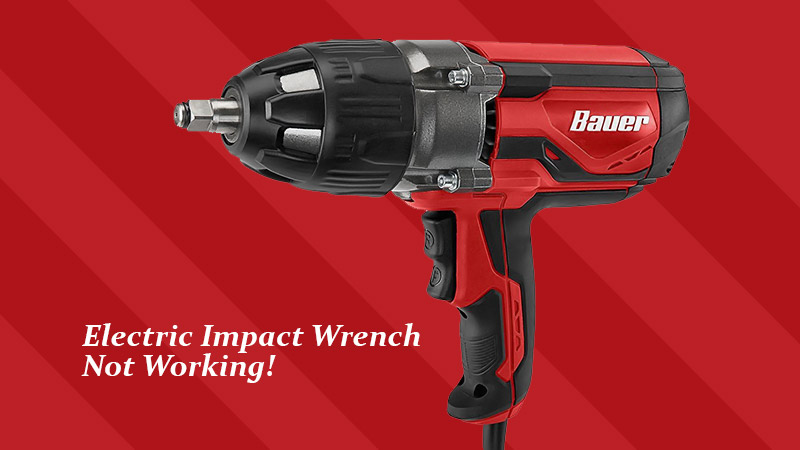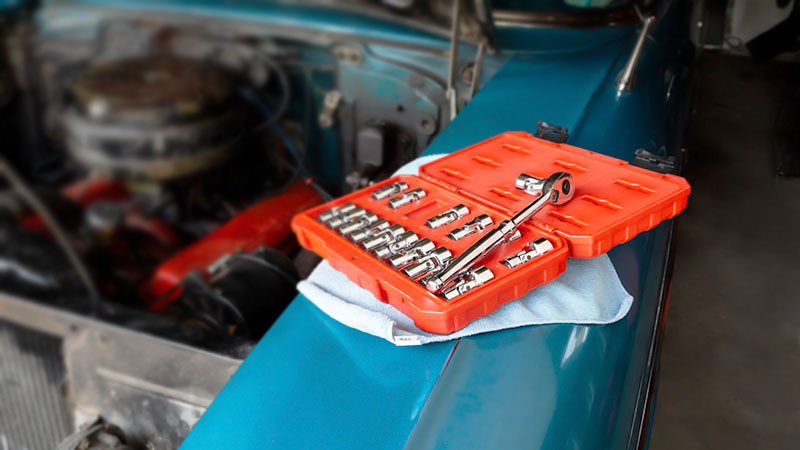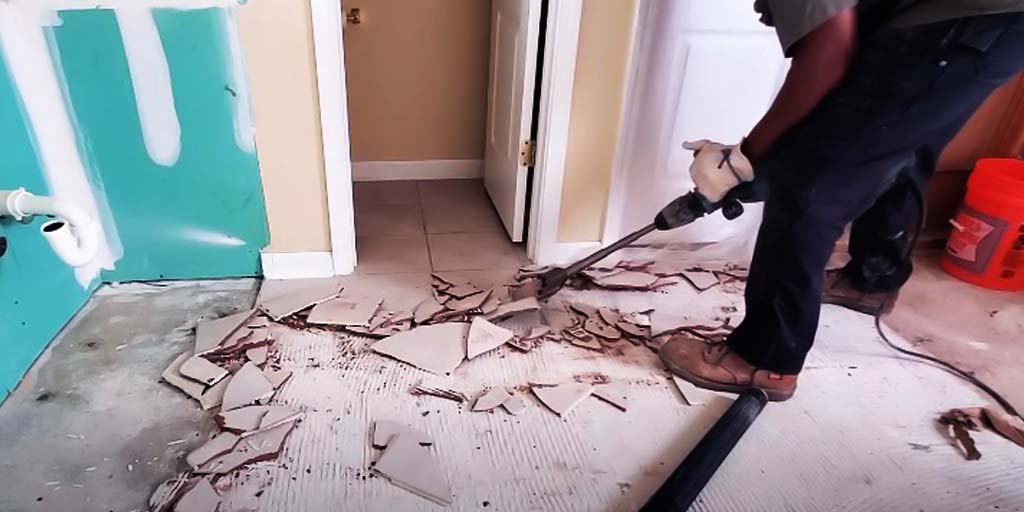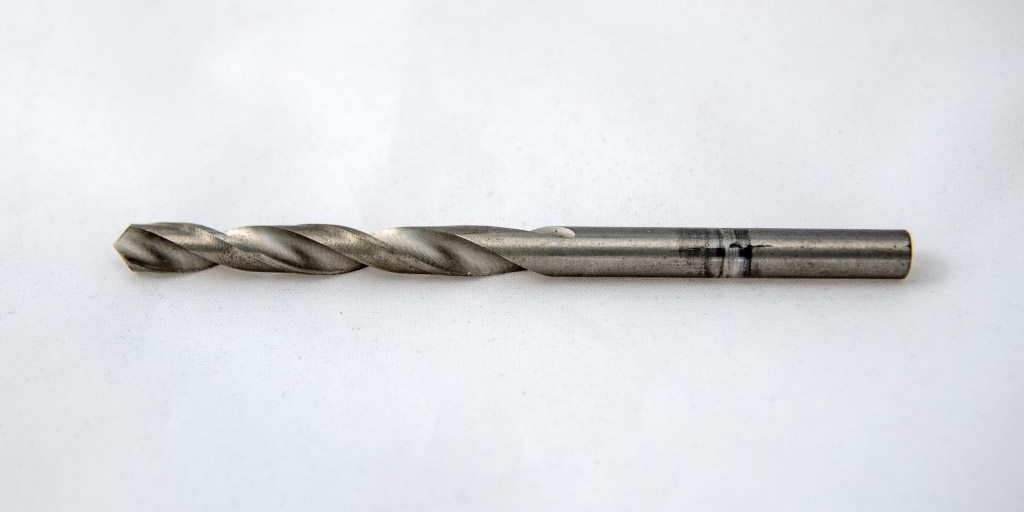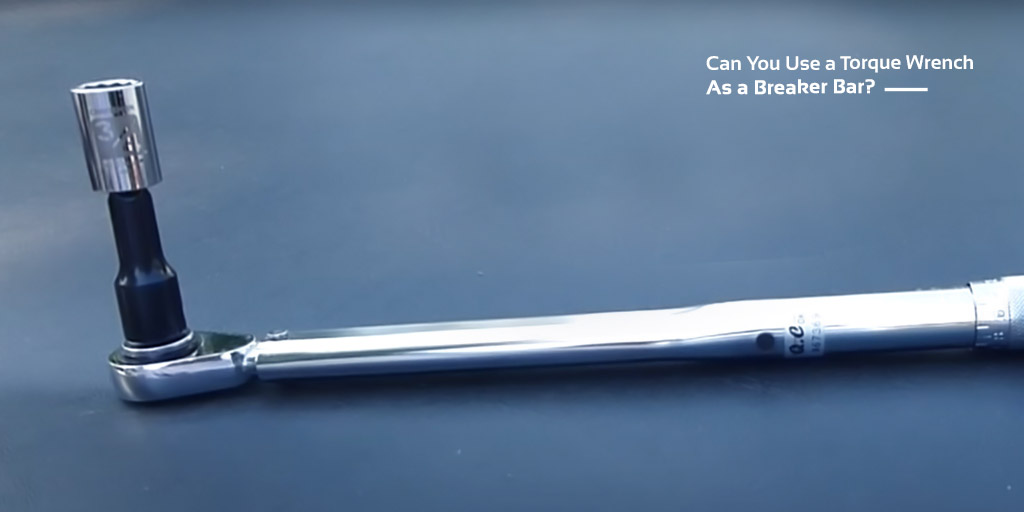As an amazon associate, I earn affiliate commissions from qualifying purchases.
Can You Use a Metal Saw Blade to Cut Wood
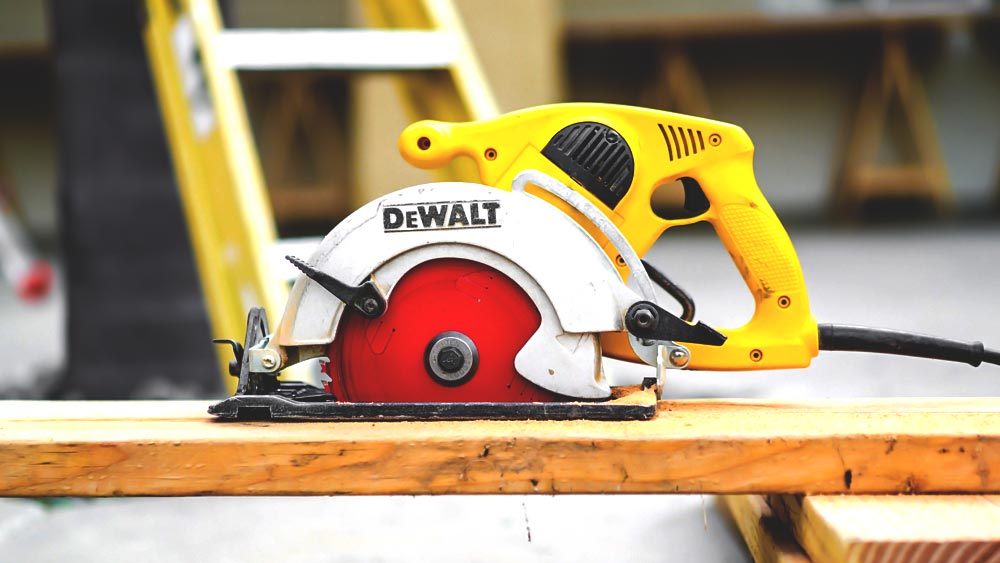
We are many artisans and craftsmen who have been told that we should not use metal saw blades to cut wood. Some others say that there is no problem with doing it as long as you do not push too fast or hard on the material being cut. Is this true? Can you use a metal blade for cutting wood?
Yes, you can use a metal saw blade to cut wood. In fact, it is often easier than using a finer tooth blade to make rough cuts in wood. It will produce less splintering of the end grain of the boards or timbers because it does not separate them from the matrix as much as a fine-toothed blade does when making a rip cut. It also works well if a block needs to be clamped flat on the saw table and cut with a back-and-forth motion.
In this article, we will explain how to choose the right blade for the job, and show you what you need to know about cutting wood with a metal saw blade.
Can You Use a Metal Saw Blade to Cut Wood?
Yes, but metal blades cut wood very slowly and the blade will wear out rapidly. A saw that’s designed for one material may also dull quickly when used to cut another material. If you take a wood saw and use it to cut sheet metal, you can expect the teeth to be damaged after only a few cuts.
The best option is to choose a blade specifically intended for cutting wood. Many of these blades are carbide-tipped, which means they’re much smoother than steel blades. Additionally, many kinds of wood contain silica (sand), which can reduce blade life considerably when cutting with steel blades that aren’t carbide-tipped.
Using a good quality metal-cutting blade will shorten your total work time by increasing productivity while extending both the life of the saw and the life of the blade.
What are Some Common Types of Wood Cutting Blades?
Many manufacturers make blades especially for cutting wood, but you’ll probably find several types at your local hardware store. The three most common types are general purpose/all-purpose, finishing/smooth cut, and rip blades.
General-purpose or all-purpose blades are designed to be used for a variety of materials. Although these blades will work for almost any type of material, they’re not as durable overall as other options.
Finish smooth-cut saws offer improved performance when working with finished materials. Because their teeth have been engineered to minimize chipping or tearing during the cut. Rip blades have deep gullets that allow more effective dust removal, especially when cutting with the grain direction of the wood.
What Types of Materials Can You Cut with a Wood-Cutting Blade?
Most saw blades are designed to cut hardwoods, softwoods, and plywood. Depending on your material needs, there is a variety of blade choices available to meet those demands.
By choosing the correct type of blade for your project’s specific requirements, you’ll achieve better results with less frustration from having purchased the wrong tool. In the case that you’re using a circular saw to provide straight cuts through dense woods such as oak or maple.
Then speed may be more important than accuracy, (this would not apply if that were all that was needed), then it might make sense to use at least an all-purpose blade. But, if you want those lines to be as straight as possible and all of the cuts are going to be critical, then a finished smooth cut blade would be a good choice.
If cutting through metals is what you’re doing, don’t use a wood blade. It’s not designed for that type of material and will simply burn it before it actually cuts it. Carbide-tipped blades cost more than standard steel ones, but they last longer because they won’t get overheated or burned from metal cutting dust.
Abrasive blades have diamond particles on the edges of the teeth, which allow them to cut some soft materials such as tile and glass with less vibration and noise than steel blades but again aren’t used for wood.
Tips for Cutting Wood with a Metal Saw Blade
The following tips apply whether you are using a table saw, circular saw, or reciprocating saw. First of all, the saw blades you choose must be suitable for the job. For example, with most table saws you can’t use a circular saw blade.
This is because of the way in which they are designed to cut through the wood; with most table saws, the blade spins perpendicularly to the base, while with most circular saws, it rotates parallel to it.
If you don’t make sure that your tools are meant to do what you want them to do then not only will things become difficult, or even dangerous. But it won’t take long before they wear out completely and need replacing.
Second of all is making sure that when cutting freshly felled logs, there’s always an adult around just in case something goes wrong. Finally, because metal conducts electricity, you need to make sure that you don’t touch the blade as well as any exposed power cords while your saw is plugged in and turned on.
A lot of accidents could be avoided by taking these precautions. For example, the first one would help prevent burns; if wood chips get onto a hot surface they tend to smoke and give off sparks which might catch them alight and cause flame or even an explosion.
The second preventive measure is essential to avoid severe wounds; whenever using power tools like circular saws, there’s always the danger of kickback. When the teeth strike anything hard, such as a nail or knot in the wood, and the saw is sent flying back towards the person operating it.
This is why you should always keep your hands on the tool at all times. Finally, dust from sawing wood easily conducts electricity. If you have to perform any sort of maintenance on the saw, make sure it’s switched off and unplugged before beginning so that there are no accidents with shock or electrocution.
Conclusion
Finally, I want to say again – A metal saw blade can be used to cut wood, but you need to keep in mind that it is not designed for this purpose. If you do use one, be very careful and only work with an adult present. You should also make sure that the saw doesn’t contact any power cords or exposed wires while it’s plugged in.
Also, because metal will conduct electricity under certain conditions, always unplug your circular saw before performing any maintenance on it so there are no accidents with shock or electrocution.
For these reasons and more, making sure that you use the right tool for the job makes your jobs easier and much safer than using tools incorrectly could ever possibly imagine being possible. When done correctly though; cutting wood with a metal saw blade can prove to be very effective and efficient.



